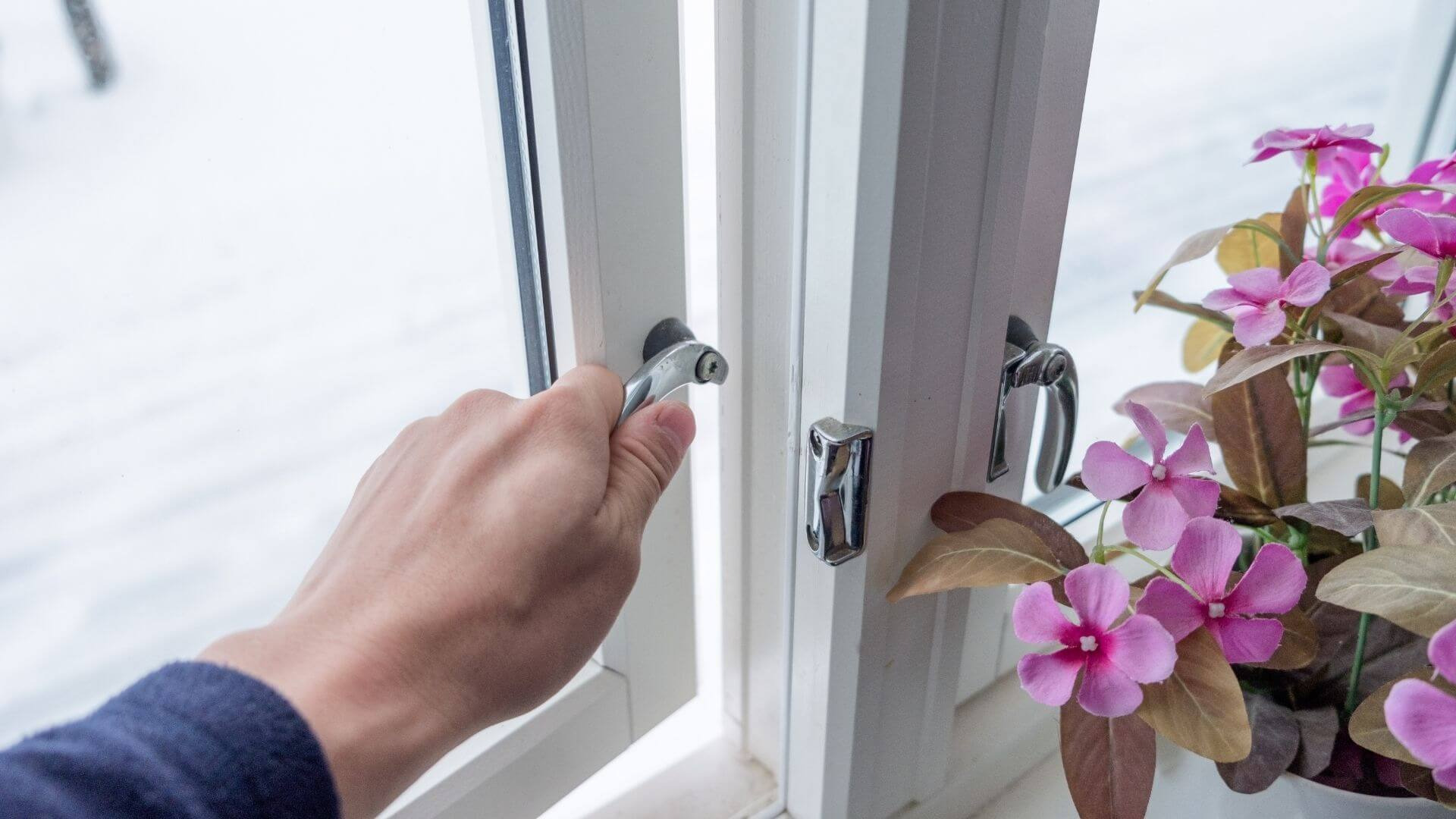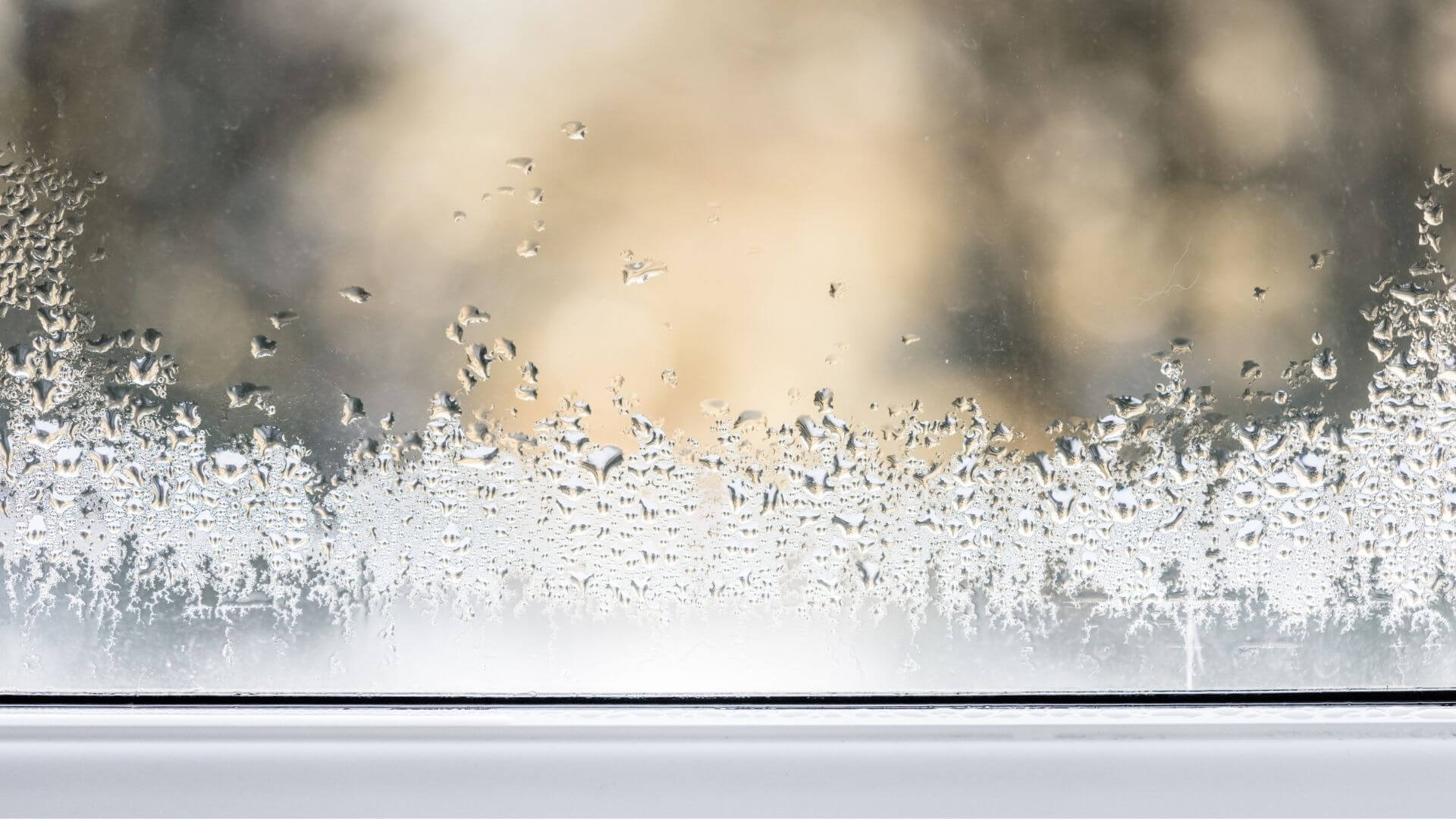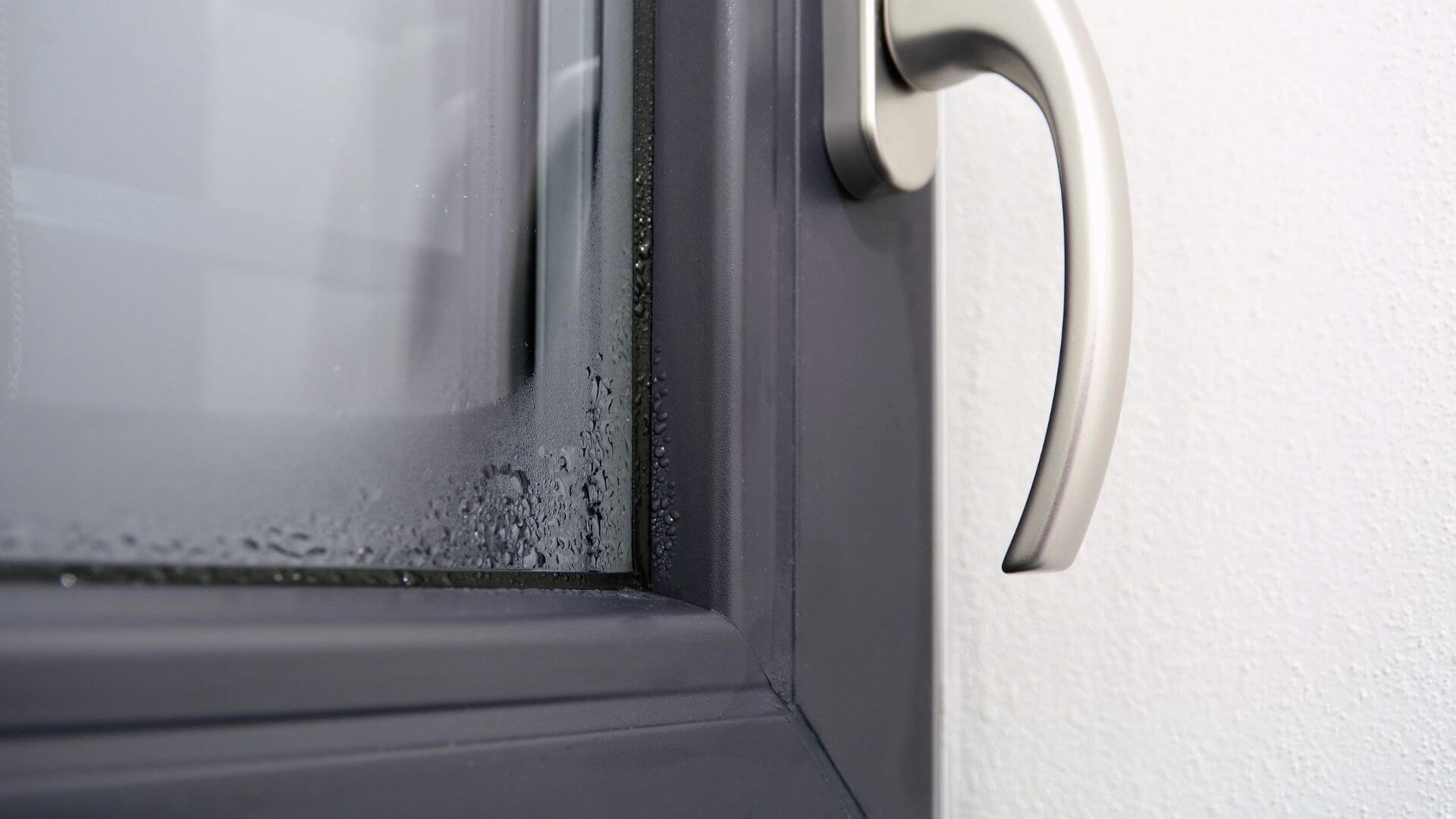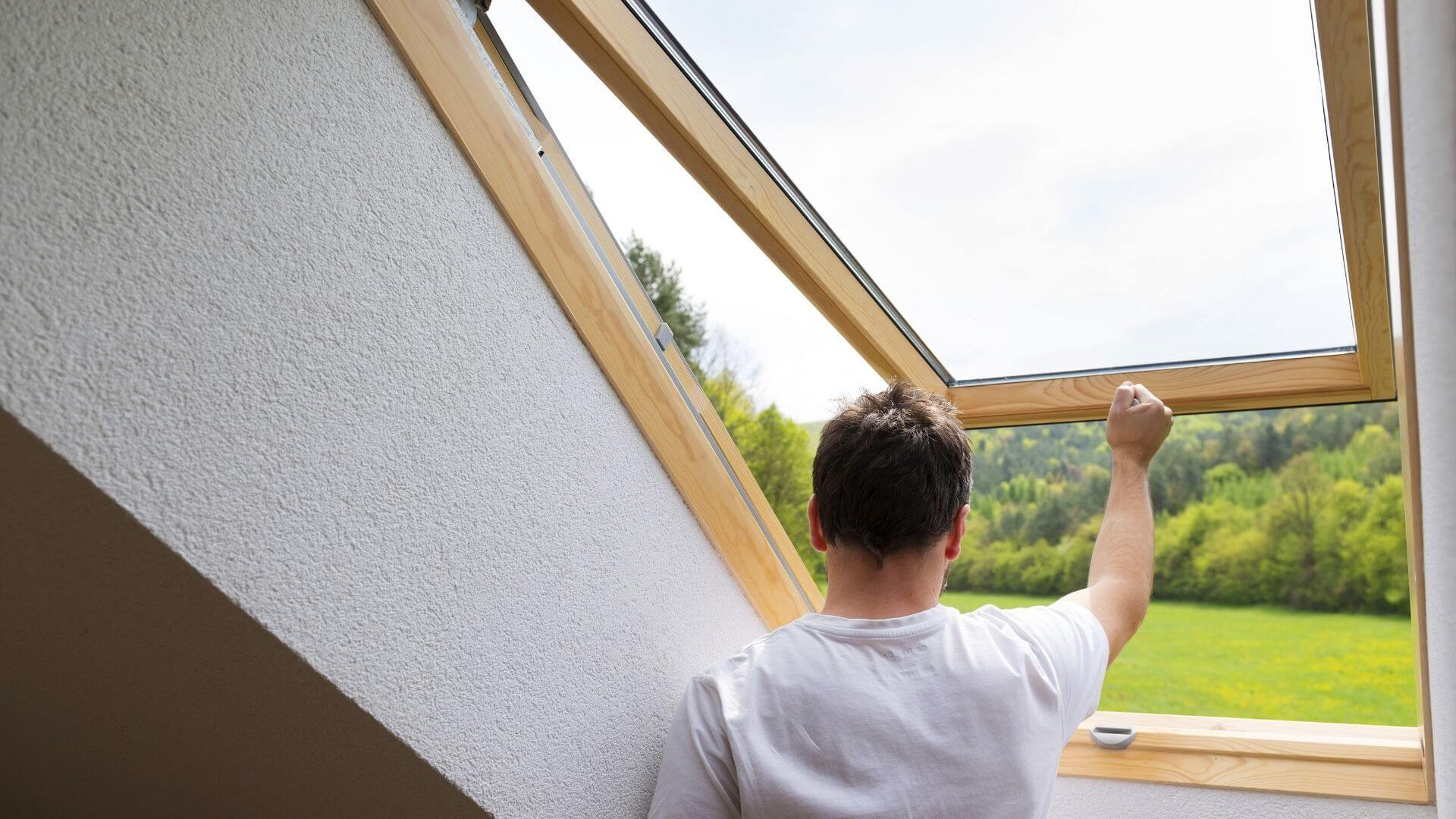2/04/2022
In winter we tend to live more indoors and, to keep the rooms warm, we tend to avoid opening windows or leaving doors open as much as possible.
Maintaining a mild and constant temperature is essential, but not when the air around us is affected: better psychophysical conditions result from a healthy environment.
Scientific studies show that ventilating a room several times a day (yes, also, and especially in winter) promotes higher mental performance and increases the ability to concentrate, especially essential for those who study or work from home.
But that's not all: good air exchange prevents the spread of flu and diseases to the respiratory tract, as well as limiting the formation of mold and bacteria, responsible for asthma and allergies.

Having clarified the importance of air change for our health, we will now focus on another aspect, no less important, which is the formation of condensation. The latter, in addition to negatively affecting the hygienic aspect and therefore the well-being of the inhabitants of the house, is the main culprit for the deterioration of the fixtures and contamination of the walls, causing the formation of mold.
We premise that regardless of the type and quality of the frame, condensation is an unavoidable natural phenomenon that occurs when the hot air comes into contact with a cold and smooth surface and, cooling down, deposits the humidity present in it on mirrors. , tiles, windows and portholes.

In the past the houses were not as airtight as they are now, modern solutions were not adopted to keep all the heat inside but, on the contrary, the absence of insulation, the drafts coming from windows, doors and tiles guaranteed a natural recirculation of the air. and condensation was less frequent.
On the contrary, today, in order to maintain a constant temperature and avoid wasting heating (decidedly inexpensive in today's times), we tend to 'seal' the house, preventing dry air from entering and humid air from coming out. This causes condensation to form, a problem that can be curbed through adequate heating and ventilation.
The high humidity and the temperature difference between inside and outside favor the formation of condensation especially on the windows installed on the roof. In the event that the house is in the attic or in an attic, the problem is slightly amplified: the dormers are those most exposed to sudden changes in temperature and are therefore the first surfaces on which the humidity of the air is deposited.

The solution to all this remains the correct ventilation of the rooms. Each environment has its own needs, for example in the bedroom more CO2 is deposited during the night so it is good to let the air circulate (perhaps with the door closed) for a longer time, while in the other rooms it is advisable to ventilate several times a day or when we see that condensation begins to form on the windows.
Opening the window completely and then closing it a few minutes later guarantees a faster replacement without drastically lowering the internal temperature compared to the simple opening between a door leaning against the other to circulate the air but without letting cold air in, a decidedly method less effective and that leaves the environment colder over time.
Obviously, after cooking and after a shower, it is essential to open the kitchen and bathroom windows to prevent steam from settling and leaving the air more humid.

It is also a good practice to air the whole house before the heating is turned off at night. This is because when the environment cools down, the air will not have a high concentration of humidity.
In general, we always recommend that you keep the room temperature as constant as possible. The ideal climate provides a constant temperature of 21C ° and a humidity of 40-50% (an environment that is too dry is harmful, on the contrary, for other factors, such as proper hydration of the respiratory tract).